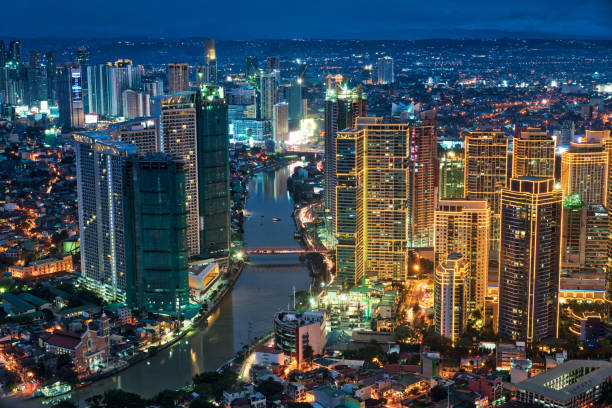Former lawmaker and former Environment secretary, Jose “Lito” Atienza Jr., has called on concerned government agencies to make use of the geohazard maps developed by the Department of Environment and Natural Resources (DENR). Atienza emphasized that these maps are a crucial tool for saving lives and should be utilized by every government agency and local government unit.
Atienza expressed deep sorrow for the tragic loss of lives in the recent Davao de Oro landslide. He believes that such tragedies could have been prevented if the concerned government agencies had effectively implemented the geohazard maps developed and distributed by the DENR. These maps are designed to identify areas prone to landslides and floods across the country.
During his tenure as Environment secretary in 2007, Atienza played a pivotal role in pushing for the preparation and speedy completion of these geohazard maps. The primary objective was to ensure that the identified danger areas would be off-limits to residents and the general public. Atienza also instructed the Mines and Geosciences Bureau to promptly identify areas prone to landslides and other natural events.
The geohazard maps were completed after Atienza’s term and subsequently distributed to local government units and other government agencies for various purposes, including land use planning, relocation, disaster mitigation, and relief operations. Atienza emphasizes that all these agencies need to do is follow these geohazard maps, as they have the potential to significantly reduce the impact of natural calamities and save countless lives.
It is essential for government agencies to recognize the significance of these geohazard maps and integrate them into their decision-making processes. By doing so, they can prioritize the safety of residents and the general public. These maps provide valuable insights into the vulnerability of specific areas to landslides and floods, enabling proactive measures to be taken to prevent disasters.
Furthermore, the utilization of geohazard maps can also aid in land use planning. By identifying areas prone to natural hazards, government agencies can regulate and restrict certain activities in these high-risk zones. This approach ensures that development is carried out in safer locations, minimizing the potential for loss of life and property damage.
In addition to land use planning, the geohazard maps can play a crucial role in the relocation of communities residing in high-risk areas. By identifying safer locations, government agencies can facilitate the voluntary relocation of residents to these designated zones. This proactive approach not only protects individuals from potential disasters but also allows for the sustainable development of vulnerable regions.
Disaster mitigation and relief operations can also benefit greatly from the utilization of geohazard maps. These maps provide valuable information on areas that are likely to be affected by natural calamities, enabling authorities to pre-position necessary resources and respond swiftly in times of crisis. By having a clear understanding of the risks involved, government agencies can implement effective measures to minimize the impact of disasters and ensure the safety of affected communities.
In conclusion, the geohazard maps developed by the DENR are a crucial tool for disaster prevention and mitigation. Former lawmaker Jose “Lito” Atienza Jr. emphasizes the importance of utilizing these maps to save lives and protect communities. By integrating these maps into decision-making processes, government agencies can prioritize safety, regulate land use, facilitate relocation, and enhance disaster response efforts. It is imperative that these geohazard maps are effectively implemented by all concerned government agencies and local government units to ensure the well-being of the Filipino people.







